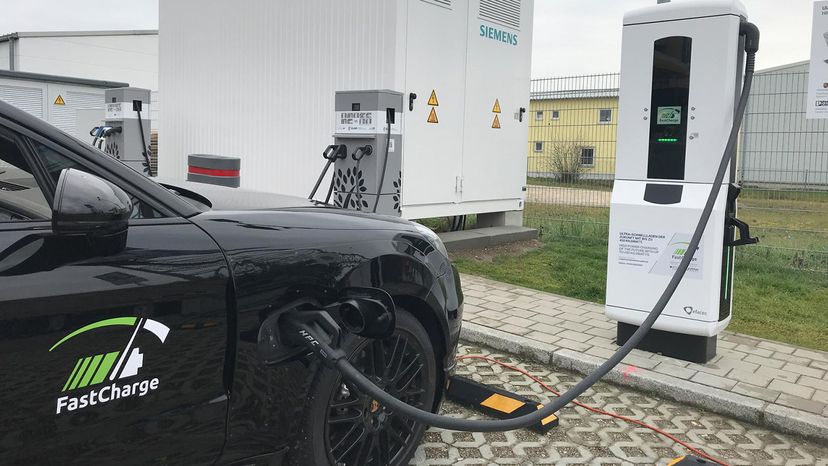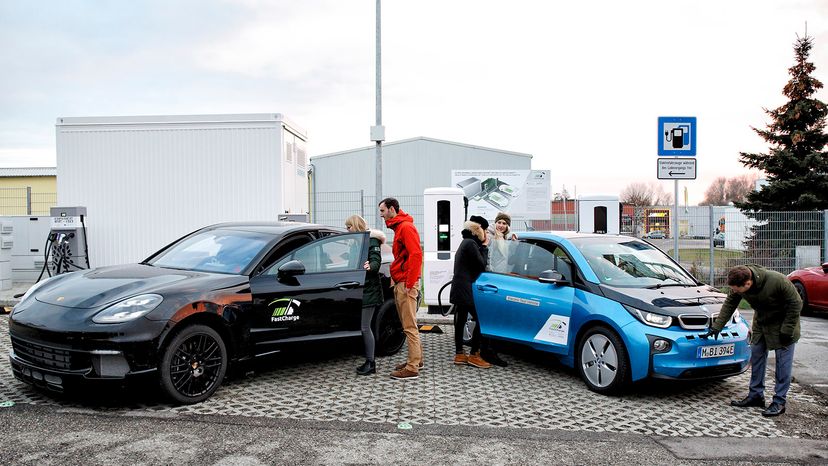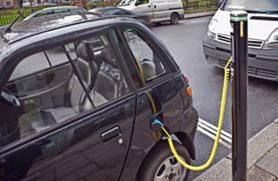EV owners tend to charge whenever there is a charging station available where they park. Unlike most gas car owners, EV owners don't wait until they're car is close to empty to "refill." That means they're always on the lookout for a place to top off, but for now, most EV charging occurs at home.
Public charging networks are available in three forms: free, pay-as-you-go and subscription based. There can be some overlap here, such as a network sponsored by a particular vehicle manufacturer that enables owners of that brand's vehicles to plug in for free, while others have to pay to use it.
Right now, the fastest available EV chargers are generally on public networks and can juice an EV to about 80 percent full in about 30 minutes. Currently, there are three main kinds of EV chargers, known as Levels 1, 2 and 3.
- Level 1 is for 120-volt charging and provides 1.4 kW of power. It takes between 17 and 25 hours to fully charge a car that has a 100-mile (160-kilometer) range. In other words, Level 1 charging is what you get at home if you plug your EV into the outlet in overnight.
- Level 2 chargers are good for 208 to 240 volts and 6.2 to 7.6 kW. These stations can charge that same 100-mile EV in four or five hours. That's a long time to leave your car hooked up to the charger at your grocery store. But until recently, these were the main options available to most EV drivers. Level 2 chargers are available to consumers for home installation, and there's a wide range of manufacturers and models. It's important for buyers to ensure the charging system they buy is compatible with the car model they own in terms of charging capability.
- Level 3 chargers provide between 20 and 50 kW and can recharge a vehicle in as little as 20 minutes, but not all vehicles can use Level 3 chargers. Level 3 stations are designed for public use.
Tesla's Supercharger network, designed specifically for Tesla vehicles, is marketed as the standard to which all other EV infrastructure should aspire. It operates at 150 kW, which is enough to charge some cars in as little as an hour. The Supercharger, which operates up to 120 kW, can charge a Tesla about 80 percent in about 30 minutes.



